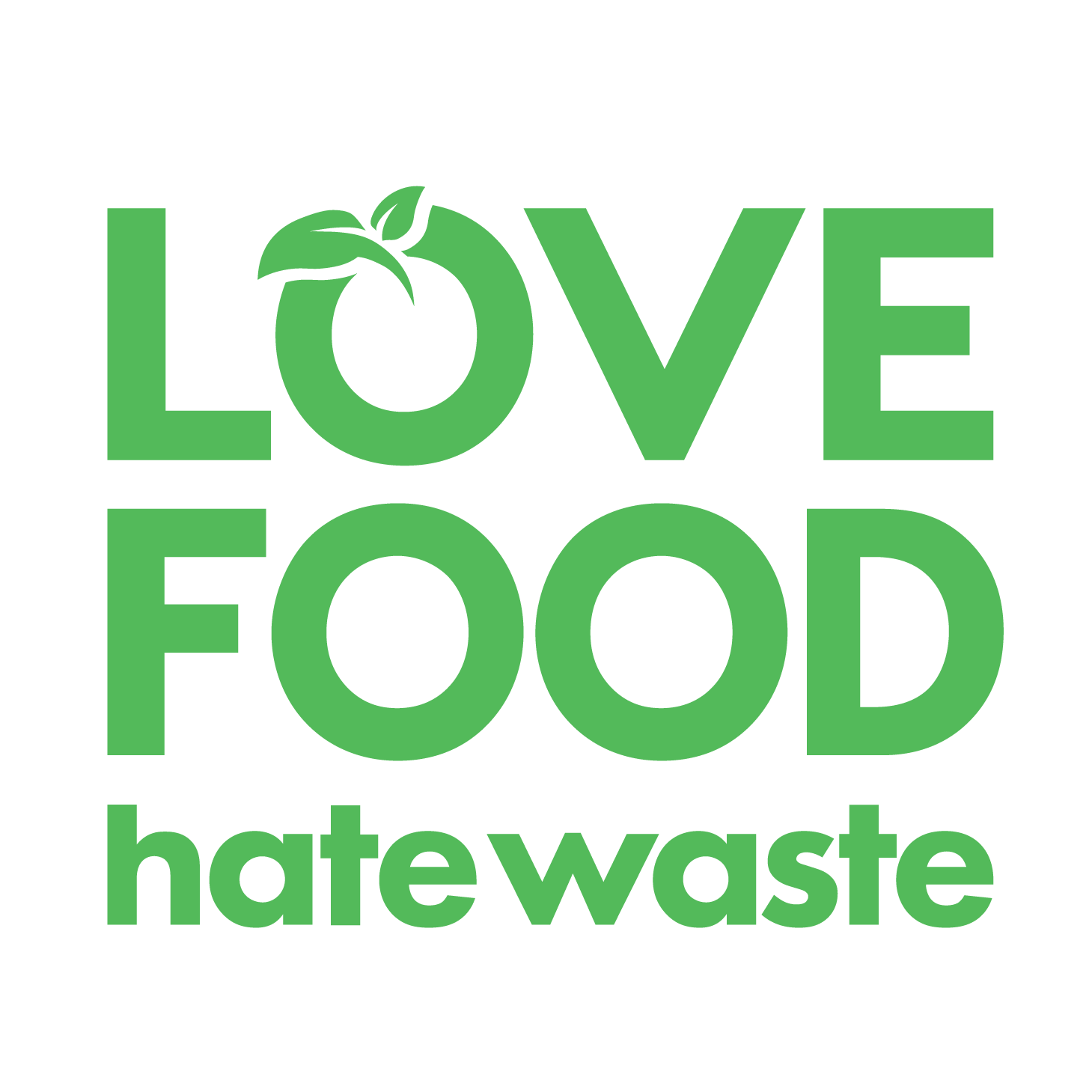Behind the humble potato is an unexpectedly complex and labour-intensive story.
The largest vegetable crop in Canada, potatoes are surprisingly vulnerable. Farmers need to rotate crops regularly to ensure the tubers get the nutrient-rich soil they need. During the 3 to 4 months they’re in the ground, they need to be continually monitored and managed to combat adverse weather, pests and disease. During harvest, potatoes are prone to bruising. After harvest, they’re susceptible to rotting. Farmers carefully cure them in a temperature-, humidity- and light-controlled environment to dry them out for long-term storage.
And while they have a lower environmental impact compared to many other crops, potatoes leave a significant carbon footprint. Energy used to grow and store potatoes produces greenhouse gas emissions and fertilizers are often required to enhance the soil. And with 64% of Canadian-grown potatoes destined for processing into fries or chips, these emissions continue long beyond harvest.
The message from Canada’s potato growers? Make every bite count.
Our A-Z Food Storage Guide will help you make them stay fresher for longer.
*This information on the journey of five foods was collected as part of a research project prepared for Love Food Hate Waste Canada with the financial support of the Government of Canada through the federal Department of Environment and Climate Change.

